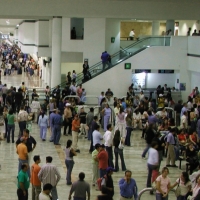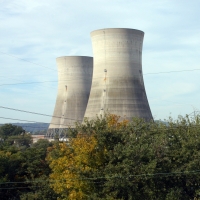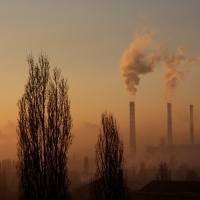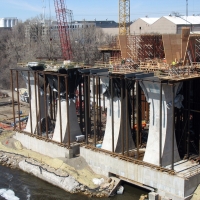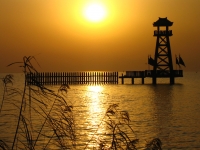Controlling Building Ventilation: CO2 Sensors
Tue, Mar 16, 2010Carbon dioxide (CO2) is a by-product of human respiration. Each time we exhale, CO2 is released into the atmosphere around us.� Currently, CO2 sensors can be used to automatically control ventilation systems in buildings equipped with Building Automation Systems (BAS). This is referred to as Demand Control Ventilation (DCV).

